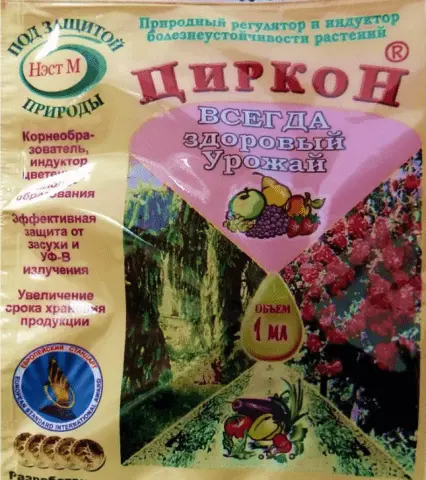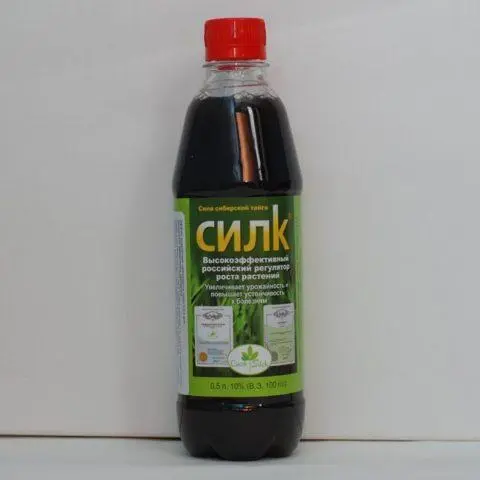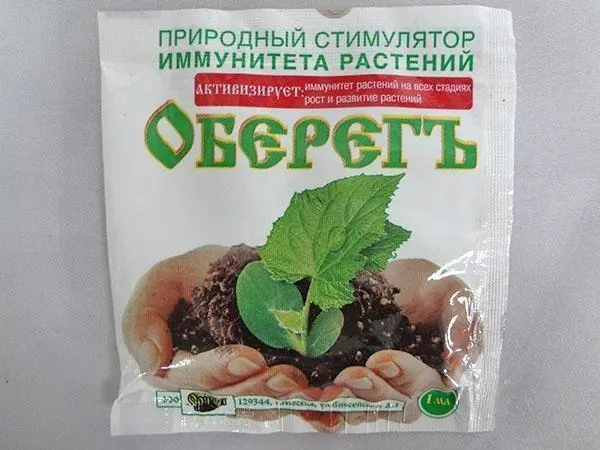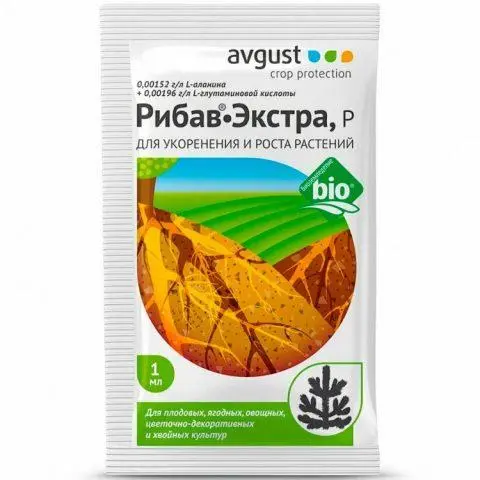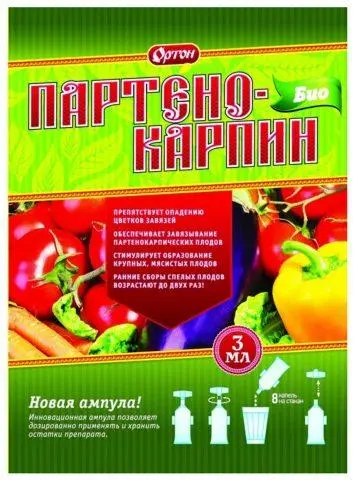Contents
The deterioration of the appearance of tomato bushes does not always indicate their infection with pathogenic microflora. There are so-called non-communicable diseases, including tomato leaf edema. It is caused by serious errors in agricultural technology, often combined with improper conditions. The external manifestations of the disease are specific, it is easily recognized by the photo, and the treatment of tomato leaf edema with the use of special preparations is not required.
Description and photo
Oedema of tomato leaves is a non-infectious disease, popularly referred to as “edema”, “dropsy” or “edema”. It manifests itself more often in bushes grown in greenhouse conditions than in plants in “street” beds. The experience of gardeners shows that not only general endurance, “stress resistance” and the level of immunity affect the susceptibility of tomatoes to leaf edema.
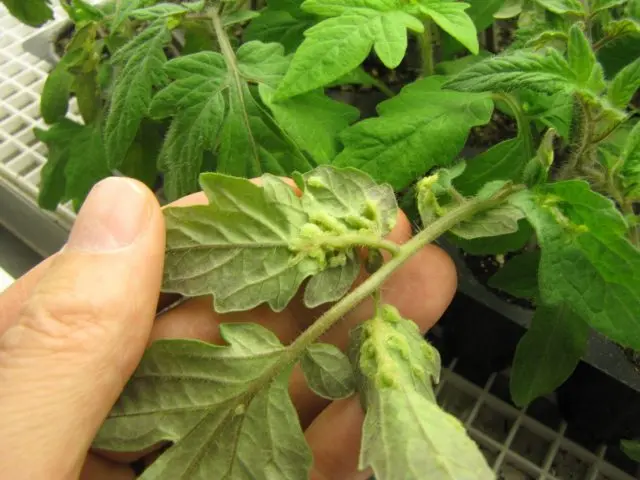
Treatment is more often required for varieties and hybrids that are more sensitive to waterlogging of the soil.
Symptoms of leaf edema can appear in tomatoes at any stage of the active growing season – both in young seedlings and in fruiting bushes. He age and “state of health” of the bush depend on the rate of development of the disease and the “urgency” of treatment.
In the early stages of development, such a “physiological disorder” is not dangerous. If the external negative influence is quickly eliminated, neither the volume of the crop nor the quality of the fruit will suffer. When the gardener delays the treatment of tomato leaf edema without doing anything, the changes gradually become irreversible.
Symptoms of the appearance
From Latin, the name of the disease is translated as “edema”. It accurately characterizes the main symptom of tomato leaf edema – small, almost transparent liquid-filled tubercles on the front and back sides. The color does not change, the green color typical of the culture is preserved.
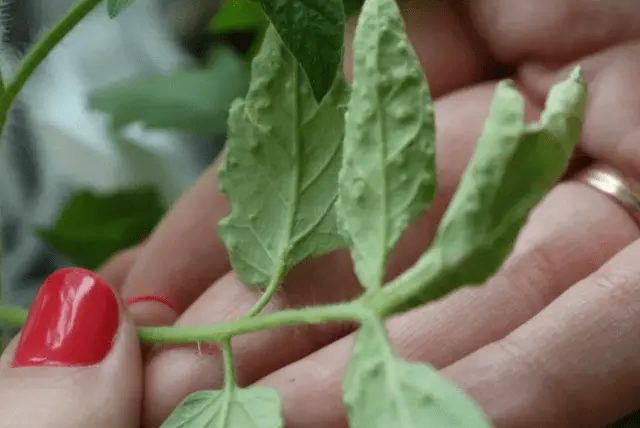
The plant loses its tone, greatly slows down in development, looks “unhealthy” and “oppressed”
Without treatment, the tubercles gradually swell, turning into different-sized, rather large bubbles, and merge with each other, occupying almost the entire surface of the leaf plate. Visually, they seem soft, but to the touch they are quite dense.
If nothing is done, the state of the plant becomes irreversible. In place of the “blisters”, light growths appear, similar to white rot or mold. Tomato edema passes to the trunk, petioles, stalks. It does not affect the tomatoes themselves, however, due to a lack of nutrients, they stop ripening, burst and dry out.
When the bubbles that appear due to the edema of tomato leaves burst, this means that it has passed into the stage of tissue necrosis, and the treatment will no longer help. They are covered with a greenish-brown cracking “crust”, twisted into narrow tubes and die. The stems are deformed, thinner and dry. The bush is dying.
Causes
Most often, the gardener himself is to blame for the fact that tomatoes require treatment for leaf edema. The development of the disease provokes constantly waterlogged soil due to too frequent and / or abundant watering.
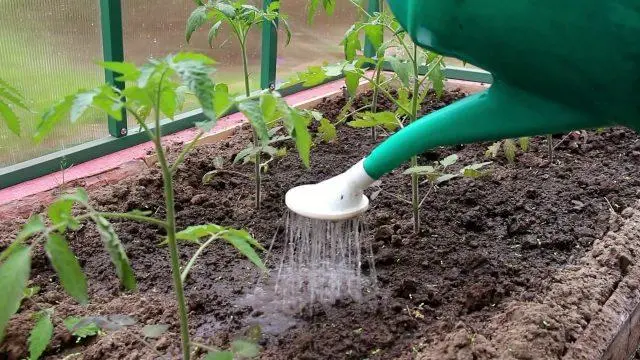
In addition to watering, you need to take into account root dressings, which are mostly applied in the form of solutions.
Excess water from the roots through the sap flow system rises higher along the stems. Tissues increase in volume, “swell”. Fluid accumulates in the intercellular space.
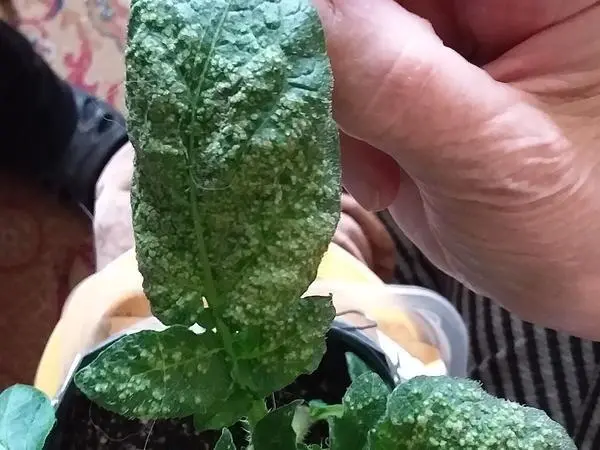
While the surface layers of the epidermis withstand its tension, the bubbles swell, increasing in volume.
Other “risk factors” aggravate the situation:
- frequent and abrupt weather changes, especially temperature fluctuations;
- high humidity;
- lack of normal aeration in open beds, neglect of ventilation in the greenhouse;
- lack of light and heat;
- non-compliance with the planting scheme recommended for this variety or hybrid, excessive “crowding” in the garden.
What is the danger of the disease
If tomato leaf edema is noticed at an early stage of development, and the correct treatment is provided to the bushes, it passes without negative consequences. Bubbles disappear in 7-15 days, further anomalies in the development of the bush are not observed.
In the absence of treatment, “water-saturated” tissues and cells cannot perform their functions normally. “Failures” are noted in all processes, including vital ones.
Accordingly, the progressive edema of tomato leaves without proper treatment, the further, the more it interferes with the normal development of the bush. Not getting enough nutrition, it stops forming buds, fruit ovaries.
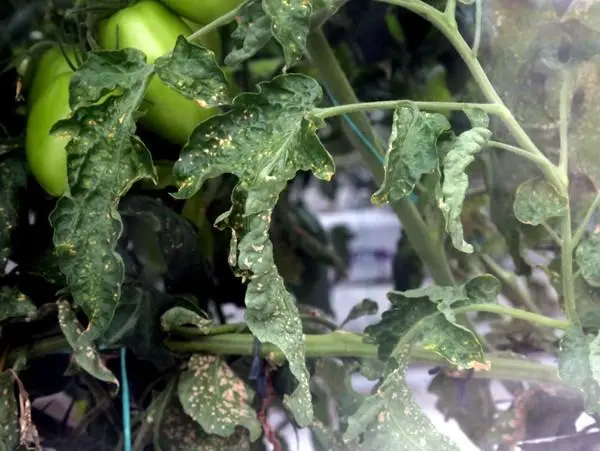
Ultimately, the blistered tissues are modified to such an extent that the aerial part dies off completely.
How to treat tomato edema at home
Treatment in the traditional sense of the word, which involves the use of folk remedies, biologics or agrochemicals to destroy the pathogen, in the case of leaf edema at an early stage, tomatoes are not required. The healthy appearance of the bushes is restored without “auxiliaries” if the gardener adjusts the care and provides them with growing conditions that are as close to optimal as possible.
First of all, the treatment of tomatoes for leaf edema involves the cessation of watering and root dressing with fertilizer solutions. It is necessary to dry the soil for 7-12 days.
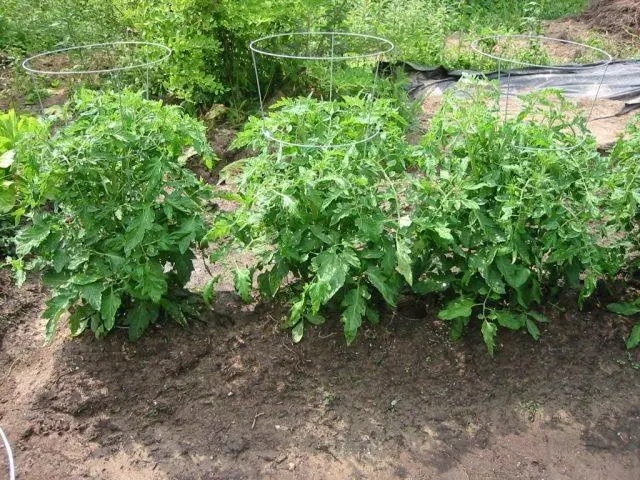
When the bushes, when dried, clearly suffer from a lack of water, they spray the substrate and air around the tomatoes.
If an edema of tomato leaves is found in a greenhouse, its treatment is impossible without normalizing the microclimate. Regular ventilation is required, ideally monitoring the most important parameters.
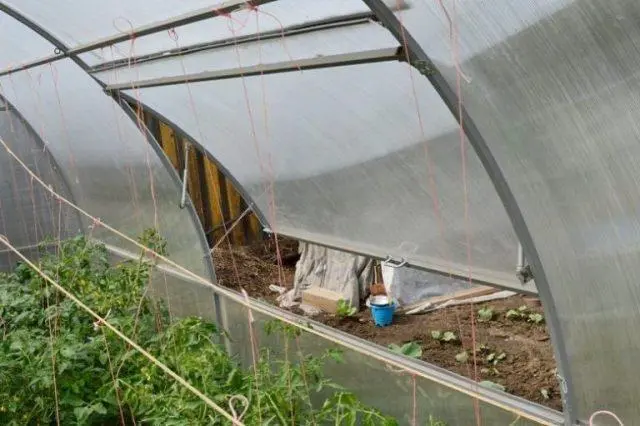
Tomatoes feel best at a temperature of 22-27 ° C and an air humidity of 65-70%
When the bubbles characteristic of the edema of tomato leaves begin to “deflate”, it is recommended to carry out a general strengthening foliar top dressing, which helps them recover “at an accelerated pace”. Use drugs from the category of bio- and immunostimulants.
After successful treatment of tomato leaf edema, gardeners use:
- Zircon;

Zircon is an immunity stimulator, provides a general strengthening effect, increases the endurance of plants
- Silk;

Silk activates metabolism, has a beneficial effect on immunity
- Charm;

The amulet improves overall endurance, the ability to endure negative external influences without damage
- Ribav-Extra;

Ribav Extra is both an immunomodulator and a general tonic, suitable for any vegetable crop
- Parthenocarpine-Bio.

Parthenocarpin-Bio increases resistance to stress and simultaneously stimulates flowering
If the disease has already passed into the stage of tissue necrosis, there are obvious deformations of the stems and massive leaf fall, it is useless to fight it, no treatment will help get rid of the edema. The affected tomato bushes can only be thrown away so that they do not take up space in the garden or on the windowsill.
preventive measures
Although tomato edema, noticed at an early stage, does not require complex treatment, it is better to take measures in advance to reduce the risk of blisters on the leaves than to look for ways to “restore health” of the bushes later.
Effective prevention includes:
- Place seedlings so as to provide her with a daylight hours of the maximum possible duration.
- The right choice of place for the garden. The site should be open, well lit, but protected from cold drafts. The most unfortunate place is in a lowland or at the foot of a hill, where melt and rain water and damp air inevitably stagnate.
- Compliance with the landing plan. With normal aeration and unthickened plantings, edema of tomato leaves is observed much less frequently than with “crowding” in the beds.
- Irrigation regulation. There is no single scheme, the intervals between them are determined taking into account the air temperature, the frequency and intensity of natural precipitation. The surface layer of the soil (1,5-2 cm) must necessarily dry out. On average, once every 3-4 days is enough in the open field and half as often – in the greenhouse.
- Loosening the soil after each watering. It prevents the “sintering” of its surface into a crust that prevents normal air exchange. The same purpose is mulching the beds.
- Competent top dressing throughout the season. In addition to applying fertilizers containing macro- and microelements, it is recommended to spray the bushes with biostimulants.
- Ventilation of the greenhouse. In the heat, the windows and transoms are kept open around the clock, even at night.
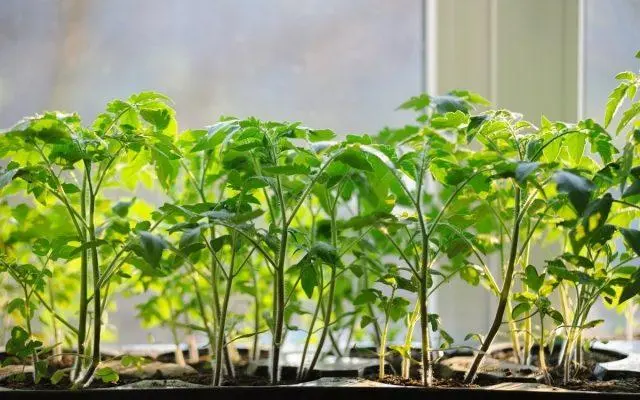
Phytolamps and other artificial lighting for seedlings are always only an additional source of light, but not an alternative to the sun
Tomato varieties resistant to edema
The cause of edema of tomato leaves is not pathogenic microflora. Treatment of bushes is required due to errors in care. Accordingly, it is impossible to create varieties and hybrids that are completely resistant to it.
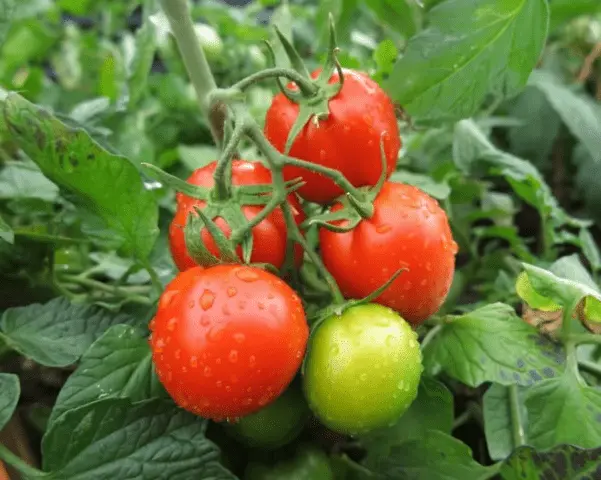
There are tomatoes that are more successful in coping with waterlogging of the soil, which are resistant to temperature extremes.
Of the varieties and hybrids popular with gardeners, treatment for leaf edema is less often required by the following:
- Gina;
- Gospel;
- Boyfriend;
- Shustrik;
- Yarilo;
- tsar;
- Super Red;
- DJ F1;
- Drive F1;
- Tolstoy F1.
- Ural F1;
- Charisma F1;
- Vologda F1.
Important! Treatment for leaf edema is more often required for tomatoes in a greenhouse. Therefore, varieties and hybrids specially created for such conditions are chosen for planting in closed ground.
Conclusion
The symptoms of “dropsy” on tomatoes are so characteristic and unique that the disease is unmistakably recognizable from the photo, and treatment of tomato leaf edema is not required, because it is not the result of pathogenic damage to the bushes, but the gardener’s mistakes in caring for them. It is enough to normalize agricultural practices so that they restore their healthy appearance and continue to develop normally.











